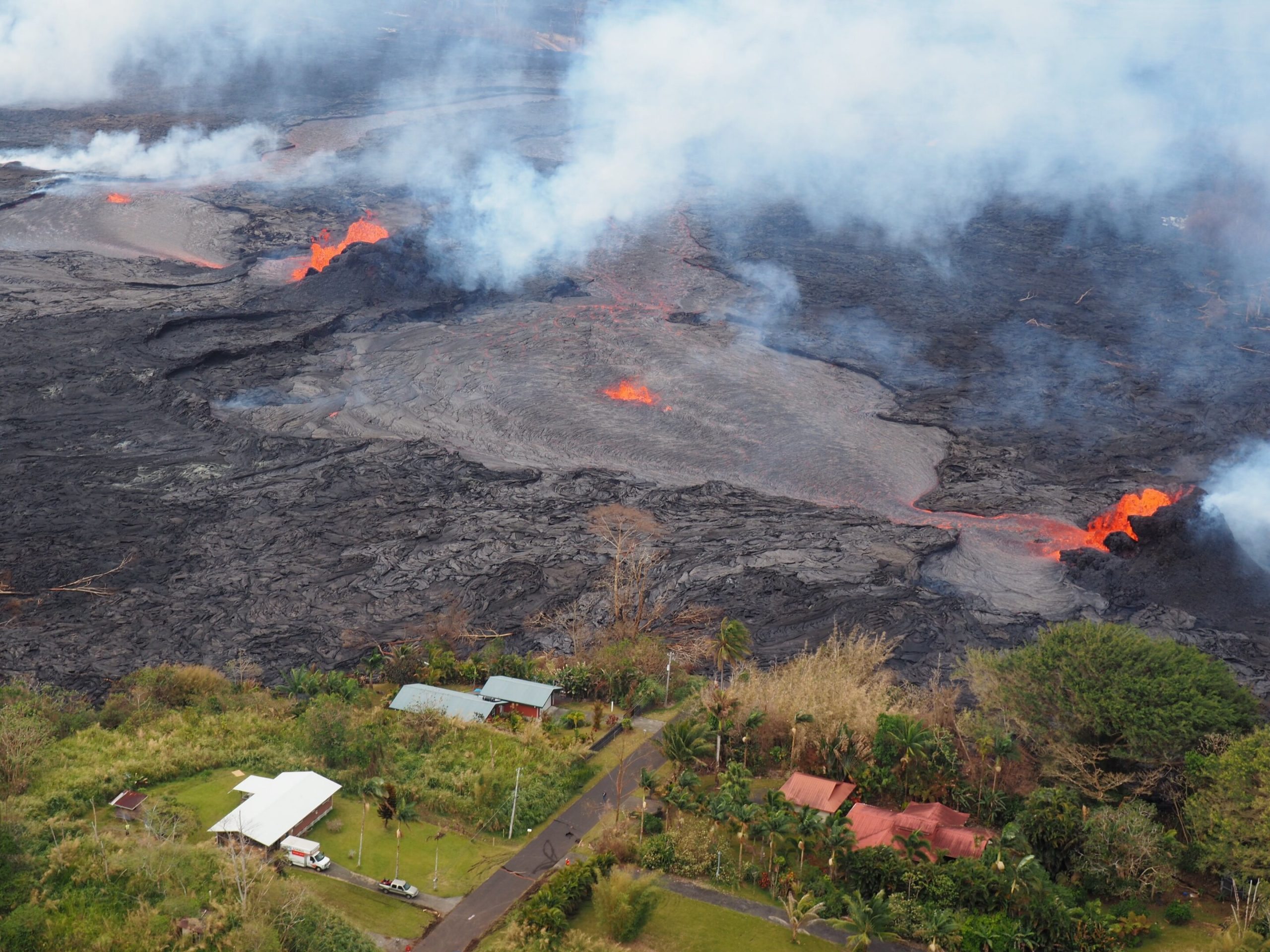The properties of the magma inside a volcano affect how the eruption will occur.In particular, viscosity
Very viscous magmas are associated with more powerful explosions. This creates pressure inside the volcano's "plumbing system."On the other hand, the displacement of more viscous magma leads to slower lava flows.
The problem is that the viscosity of magma is usuallyis quantified only after an eruption, not beforehand, explains Diana Roman of Carnegie University. She has conducted new work to determine a measure of magma viscosity that can be measured before an eruption. This will help scientists and emergency monitoring experts understand possible patterns of future eruptions. The results are published inthe journal Nature.
 Lava fountain from the most productive fractureThe eruption, then called Fissure 8 and now called Ahuaylaau, formed a cinder cone 55 meters high, approximately equal to the height of a 10-storey building. Most of the 0.8 cubic kilometers of lava erupted in the lower East Rift Zone in 2018 erupted from this point. Credit: B. Shiro, US Geological Survey.
Lava fountain from the most productive fractureThe eruption, then called Fissure 8 and now called Ahuaylaau, formed a cinder cone 55 meters high, approximately equal to the height of a 10-storey building. Most of the 0.8 cubic kilometers of lava erupted in the lower East Rift Zone in 2018 erupted from this point. Credit: B. Shiro, US Geological Survey.
In 2018, the first eruption occurred in the lowerparts of the East Kilauea Rift Zone since 1960. The first of 24 cracks opened in early May, and the eruption lasted exactly three months. The situation has provided unprecedented access to information for many researchers. Namely, there is a lot of simultaneous data on the behavior of high and low viscosity magma, as well as on stresses before eruption in solid rock beneath Kilauea.
Tectonic and volcanic activitycause the formation of cracks, called faults, in the rocks that make up the earth's crust. When geological loads force these faults to move relative to each other, geophysicists measure the three-dimensional orientation and movement of the faults with seismic instruments.
 May 2018. Credit: B. Shiro, US Geological Survey.
May 2018. Credit: B. Shiro, US Geological Survey.
Studying what happened in the lower EastIn the Kilauea Rift Zone in 2018, Roman and her colleagues determined that the direction of movement of faults in the lower East Rift Zone before and during a volcanic eruption could be used to estimate the viscosity of rising magma.
“We were able to show that with the helpWith reliable monitoring, we can link pressure and stress in the volcano's plumbing system to the underground movement of more viscous magma, the study's author concludes. “This will allow disaster monitoring experts to better anticipate eruptions of volcanoes like Kilauea and develop response strategies in advance.”
Read more
The first accurate map of the world was created. What's wrong with everyone else?
Scientists explain the appearance of "spiders" on the surface of Mars
Researchers plunged for the first time to the deepest sunken ship